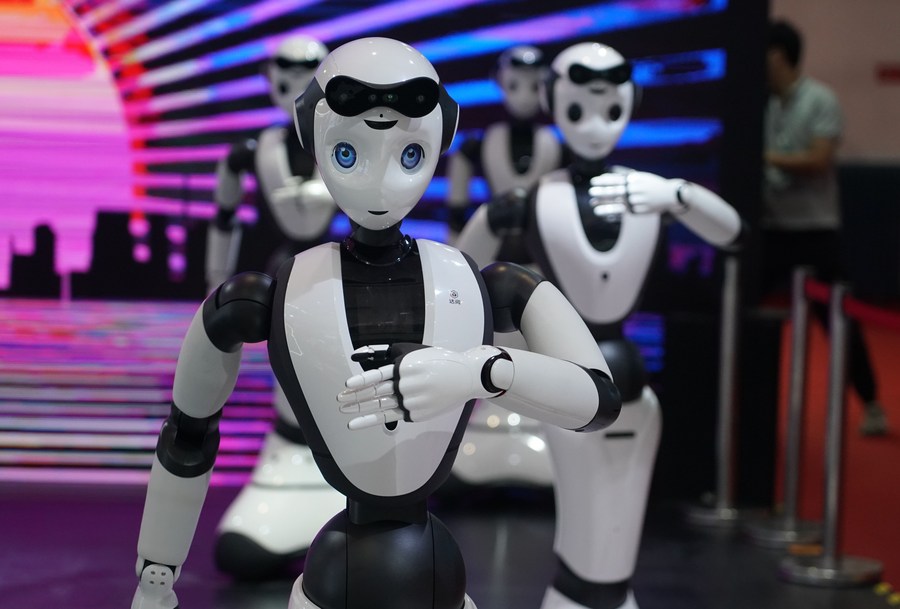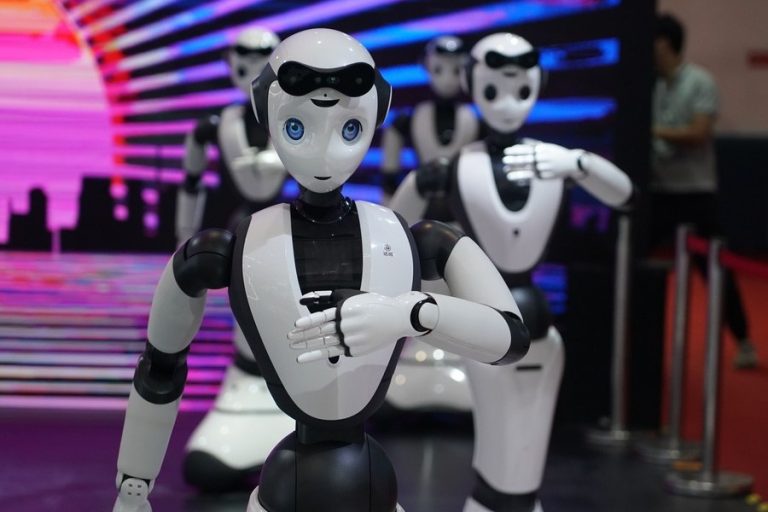
Humanoid robots perform at the World Robot Congress 2023 in Beijing, capital of China, August 16, 2023. [Photo/Xinhua]
China aims to achieve breakthroughs in humanoid robots, quantum computers, high-speed trains, next-generation aircraft, green smart ships and unmanned watercraft, as part of its broader endeavor to grow future industries, according to government guidelines.
The guideline, which was unveiled by the Ministry of Industry and Information Technology along with six other government departments on Monday, stressed exploiting global trends in technological innovation and industrial development, with a particular focus on six key trends: future manufacturing, future information, future materials, and future energy. Future space and future health.
To achieve these goals, the guideline proposes creating a forward-looking platform for future industries. By leveraging technologies such as artificial intelligence and advanced computing, the platform aims to accurately identify and nurture high-potential future industries. The plan also takes advantage of the advantages of China's national innovative system, guiding localities to strategic planning, and developing and promoting the development of future industries on the basis of existing industrial foundations and their wealth of resources.
Moreover, the guidelines call for harnessing the growing power of evolving technologies, and directing efforts towards cutting-edge, smart and green developments. This includes accelerating the transformation and upgrading of traditional industries, and providing new impetus for building a modern industrial system.
In addition, there is a drive to create a new, large-scale type of intelligent computing center. This entails accelerating advances in technologies such as GPU chips, low-latency interconnected networks for clusters, and heterogeneous resource management. The goal is to build a large-scale intelligent computing center capable of meeting the requirements of large iterative training and inference of applications, thus meeting the evolving needs of industry and society, the guideline said.

